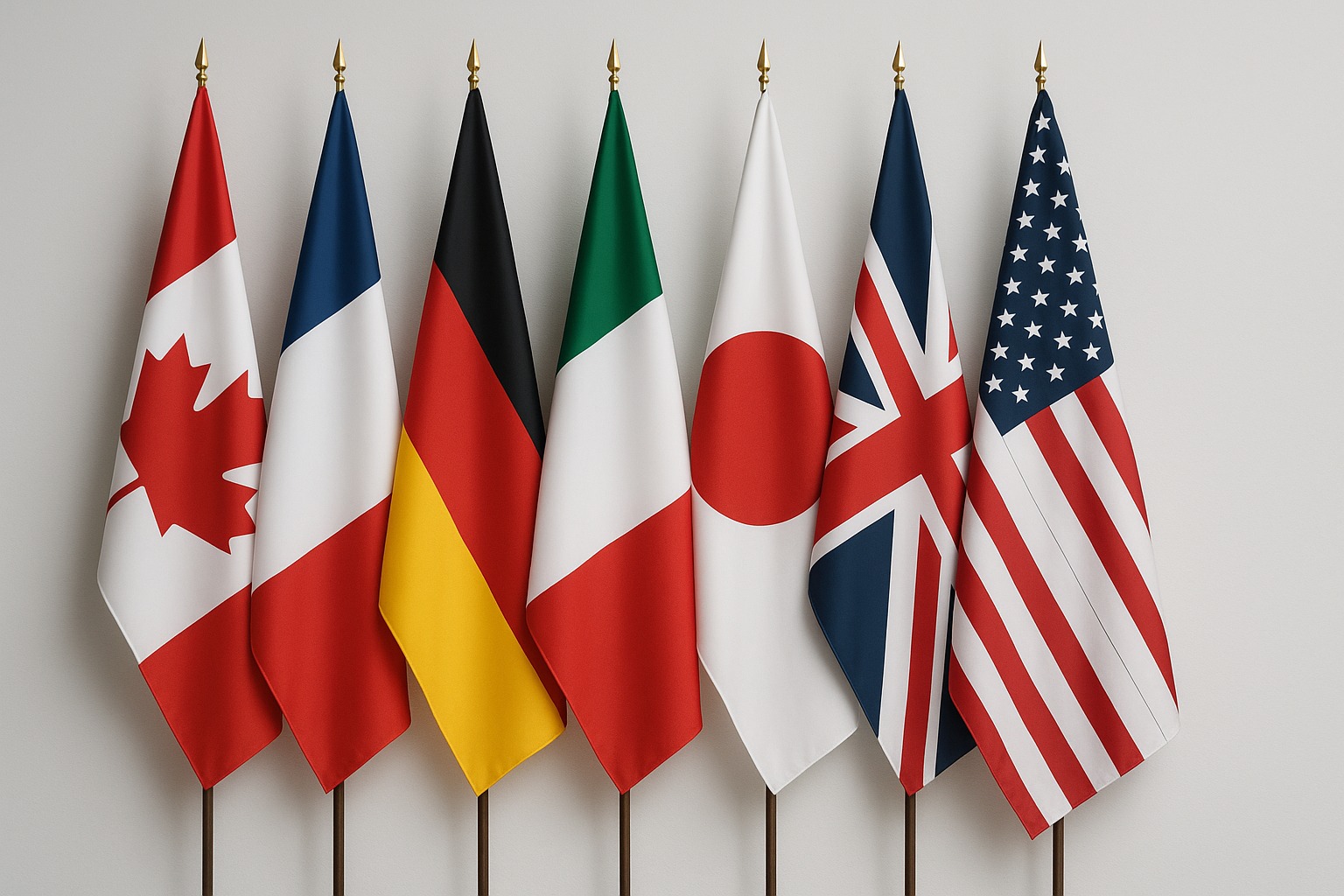Boeing Shares Dive Amid Rising Competition and Tariff Strains
Boeing is finding itself in a challenging spot as geopolitical tensions and market dynamics reshape the global aviation landscape. The spotlight on Boeing intensified following announcements from European budget airline East Aviation, declaring its interest in Comac's C919 aircraft, provided the pricing is competitive. This development further complicates Boeing's position, especially as it navigates the difficulties posed by heightened tariffs that have spiked the cost of its 737 MAX significantly in China.
The introduction of the C919 by China marked a significant milestone in the aviation industry, symbolizing a new wave of competition for long-standing giants like Boeing and Airbus. However, the ongoing tariff war has added pressure to Boeing, amplifying its operational costs in China and affecting its competitive edge in the region. In efforts to mitigate this, Boeing has been compelled to re-evaluate its supply chain strategies and seek methods to counterbalance the financial burden stemming from these tariffs.
Against this backdrop, Boeing has made strategic decisions concerning its production lines, notably announcing the cessation of its AH-6i helicopter due to insufficient order volumes. This move reflects a broader effort to streamline operations amidst economic pressures and declining financial performance, as evidenced by its reported losses in recent years. Such initiatives highlight Boeing's attempts to navigate the economic landscape and allocate resources efficiently as it contends with evolving industry demands.
Despite the challenges, Boeing remains a pivotal player in military aviation, with its helicopters and military aircraft continuing to play essential roles in various capacities worldwide. Meanwhile, its commercial aircraft division contends with the rise of new players like Comac, who are eager to capitalize on opportunities, particularly within the Chinese market. This dynamic not only underscores the shifting market preferences but also signals a broader shift towards diversification and competitive pricing in the industry.
The competitive pressures from new entrants like Comac, alongside the established presence of Airbus—which continues to strengthen its foothold in China—could potentially reshape Boeing's strategic priorities. The situation demands careful navigation to sustain its market relevance and adaptability amidst global supply chain reconfigurations and emerging manufacturing hubs. As Boeing grapples with these transformations, its ability to innovate and adapt will be crucial in maintaining its stature within the global aviation arena.











